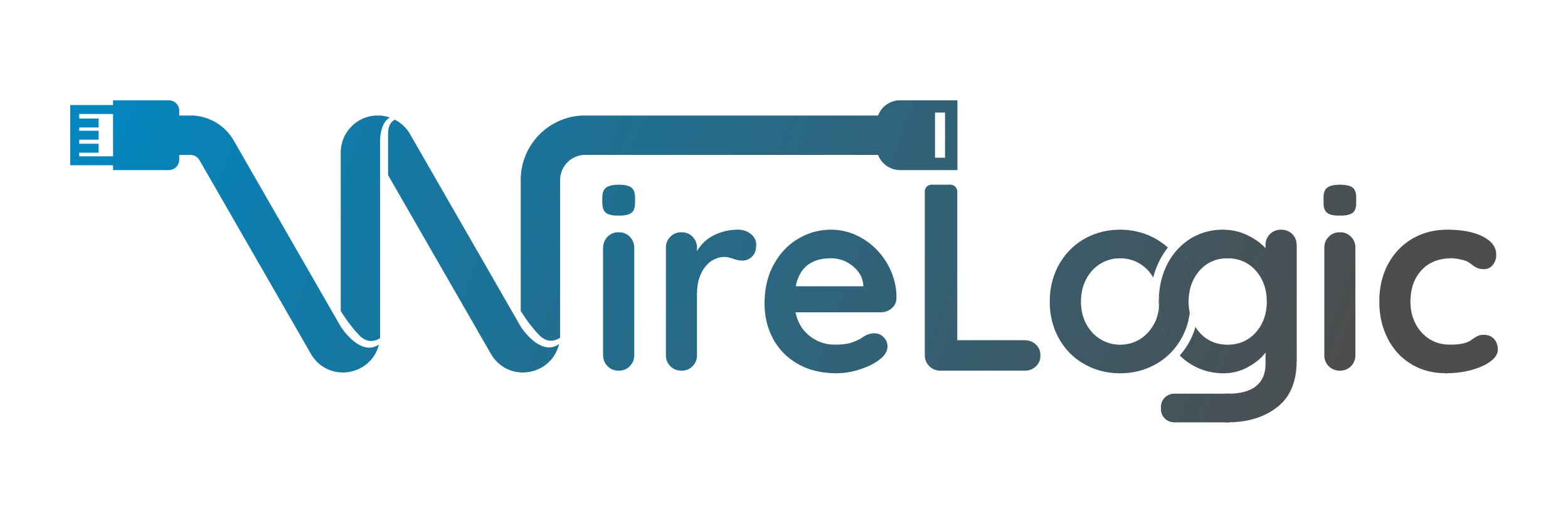The Essential Role of Cable Management in IT Infrastructure
Introduction:
In the fast-paced world of Information Technology, the organization and management of physical components, such as cables, are as crucial as managing digital data. Cable management, though often overlooked, is pivotal in maintaining the efficiency, safety, and scalability of IT infrastructure. This blog delves into why cable management, including wire testing and labeling, should be a paramount concern for any organization.
1. Enhanced Performance and Efficiency:
Cable management isn’t just about keeping things tidy; it’s integral to performance. Properly organized cables minimize the risk of crosstalk and interference, crucial for maintaining optimal network performance. Neatly arranged and separated cables ensure smoother data transmission, reducing data loss or corruption chances.
2. Simplified Troubleshooting and Maintenance:
A tangled mess of cables makes identifying and resolving issues a daunting task. Organized cabling systems, complemented by thorough wire testing and clear labeling, enable quick identification of connections and potential issues. This organization and clarity save valuable time in troubleshooting and reduce costly business downtime.
3. The Critical Role of Wire Testing and Labeling:
Testing and labeling each wire within an IT setup is not just about organization – it’s about ensuring reliability. Regular wire testing helps identify potential faults before they lead to system failures, while clear labeling facilitates easy navigation and management of the network infrastructure. This process is vital for maintaining an efficient, reliable system.
4. Enhanced Safety and Reduced Fire Risk:
Beyond being an eyesore, disorganized cables pose significant safety risks. Tangled wires increase the likelihood of tripping accidents and, if damaged, can lead to electrical fires. Effective cable management, alongside regular wire testing, ensures a safer working environment by minimizing these risks.
5. Aesthetics and Professionalism:
A tidy and well-labeled server room or network area reflects a professional and detail-oriented approach. This level of organization not only impresses clients and stakeholders but also demonstrates a company’s commitment to quality and safety.
6. Future Scalability and Adaptability:
Business growth demands an adaptable IT infrastructure. A well-planned cable management system, complete with tested and labeled wires, simplifies adding, removing, or replacing components. This adaptability is essential for a scalable network that can evolve with the company.
Conclusion:
Effective cable management, enriched by wire testing and labeling, is a fundamental component of IT infrastructure that transcends basic organization. It directly affects the network’s performance, safety, ease of maintenance, aesthetics, and scalability. Investing time and resources in proper cable management is a strategic decision with long-term benefits for any organization.

